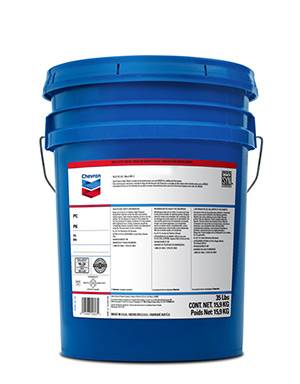Dec . 11, 2024 09:34 Back to list
Comparison of PVC and PPR Pipes and Fittings for Plumbing Applications
Understanding PVC and PPR Pipes and Fittings
Pipes and fittings are essential components in various construction and plumbing projects. Two popular materials used in the production of these products are PVC (Polyvinyl Chloride) and PPR (Polypropylene Random Copolymer). Both types of pipes have distinct advantages, applications, and considerations that make them suitable for different environments. This article will explore the characteristics, benefits, and suitable applications of PVC and PPR pipes and fittings.
What is PVC?
PVC, or Polyvinyl Chloride, is one of the most widely used plastic materials in the world. It is a versatile plastic that can be used in rigid and flexible forms. Rigid PVC is commonly used in plumbing, automotive, and construction applications, while flexible PVC finds its use in electrical cable insulation, flooring, and more.
Properties of PVC - Durability PVC is highly resistant to weathering, rotting, corrosion, and chemical degradation, making it suitable for outdoor applications. - Cost-Effectiveness Being in mass production, PVC pipes are generally cheaper compared to other materials like copper or steel. - Low Maintenance PVC does not require extensive maintenance thanks to its corrosion resistance, which saves costs and time in the long run. - Ease of Installation PVC pipes are lightweight and easy to handle, making them easier to install.
What is PPR?
PPR, or Polypropylene Random Copolymer, is another type of plastic commonly used for pipes and fittings
. PPR is known for its high resistance to temperature and pressure, making it ideal for hot and cold water systems.Properties of PPR - Temperature Resistance PPR can handle hot temperatures, making it suitable for hot water conveyance. It can withstand temperatures of up to 95°C. - Corrosion Resistant PPR does not corrode and is resistant to scaling, which enhances fluid flow rates and extends the lifespan of the system. - Non-Toxic PPR is a safe choice for potable water applications due to its non-toxic nature. - Long Lifespan With a lifespan of over 50 years, PPR pipes are durable and cost-effective in the long run.
pvc ppr pipes and fittings

Applications of PVC and PPR Pipes and Fittings
PVC Applications - Plumbing PVC pipes are commonly used for drinking water distribution and waste management systems due to their durability and affordability. - Irrigation The agricultural sector frequently uses PVC pipes for irrigation systems thanks to their resistance to the environment. - Electrical Conduits PVC is widely used for electrical installations due to its insulating properties.
PPR Applications - Hot and Cold Water Supply Due to its temperature resistance, PPR is used in both hot and cold water systems in residential and commercial buildings. - Heating Systems PPR pipes are ideal for underfloor heating systems and radiators. - Industrial Applications Due to their resistance to corrosion, PPR pipes are used in various chemical industries where aggressive fluids are transported.
Choosing Between PVC and PPR
The choice between PVC and PPR pipes often depends on the specific requirements of a project. Key considerations include
- Temperature – If the application involves high temperatures, PPR is the more suitable option. - Cost – For budget-sensitive projects, PVC tends to be the more economical choice. - Installation – Both types are easy to install, but PVC's lightweight nature simplifies handling and transport. - Longevity – While both materials have long lifespans, PPR may offer advantages in high-temperature applications.
Conclusion
In summary, both PVC and PPR pipes and fittings have unique characteristics that make them appropriate for various applications. PVC is an excellent choice for budget-sensitive projects and for applications where temperature is not a concern. In contrast, PPR excels in high-temperature and high-pressure environments, offering long-term reliability and safety. Understanding the properties and applications of each material is crucial for making informed decisions in plumbing and construction projects. Whether selecting PVC or PPR, ensure that the chosen materials meet the specific needs of your project for optimal performance and durability.
-
PVC Transparent Sheet Roll - Durable & Flexible PVC Plastic Sheet Roll for Industrial & Home Use
NewsJun.24,2025
-
High-Quality PVC PPR Pipes and Fittings Durable ERA PPR Solutions
NewsJun.10,2025
-
High-Quality Large HDPE Sheets & Large Diameter PVC Pipe Durable Large PVC Pipe Supplier
NewsJun.10,2025
-
High Density Polyethylene Cutting Board - Durable & Food Safe
NewsJun.09,2025
-
3 Inch PVC Pipe for Durable Irrigation Affordable & Reliable
NewsJun.09,2025
-
Premium PPR Plastic Water Pipe Fittings - Durable & Leak-Free
NewsJun.09,2025

